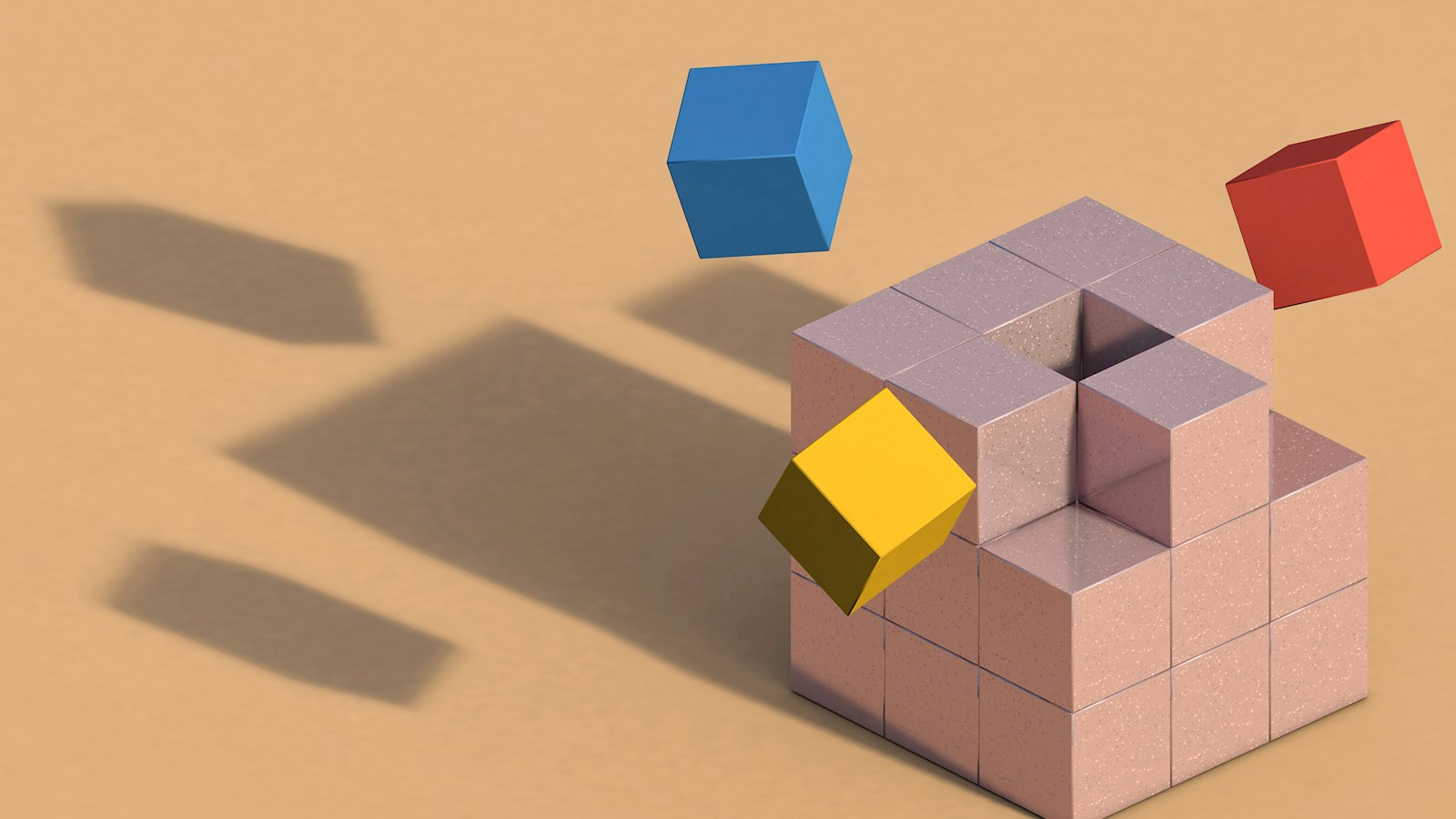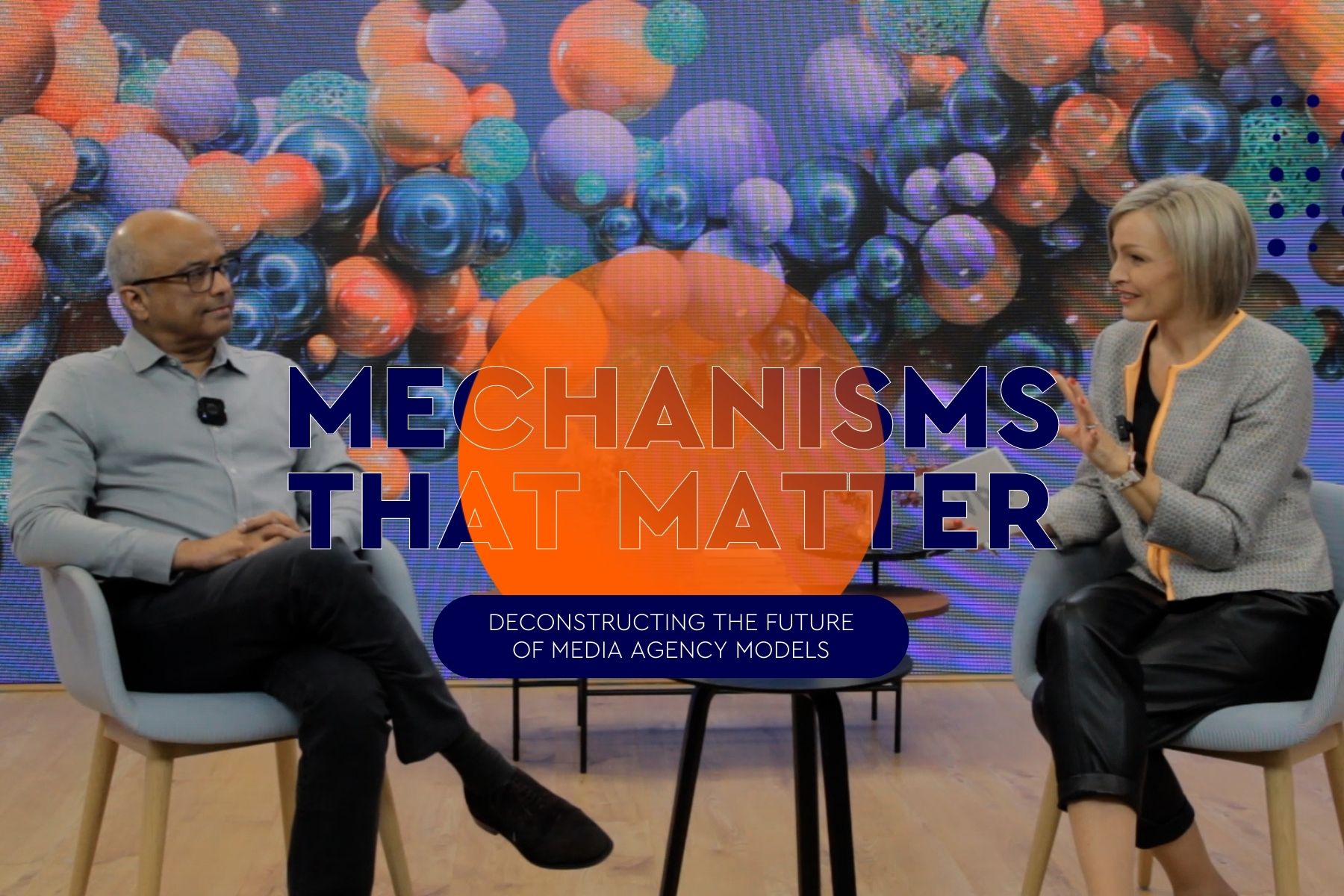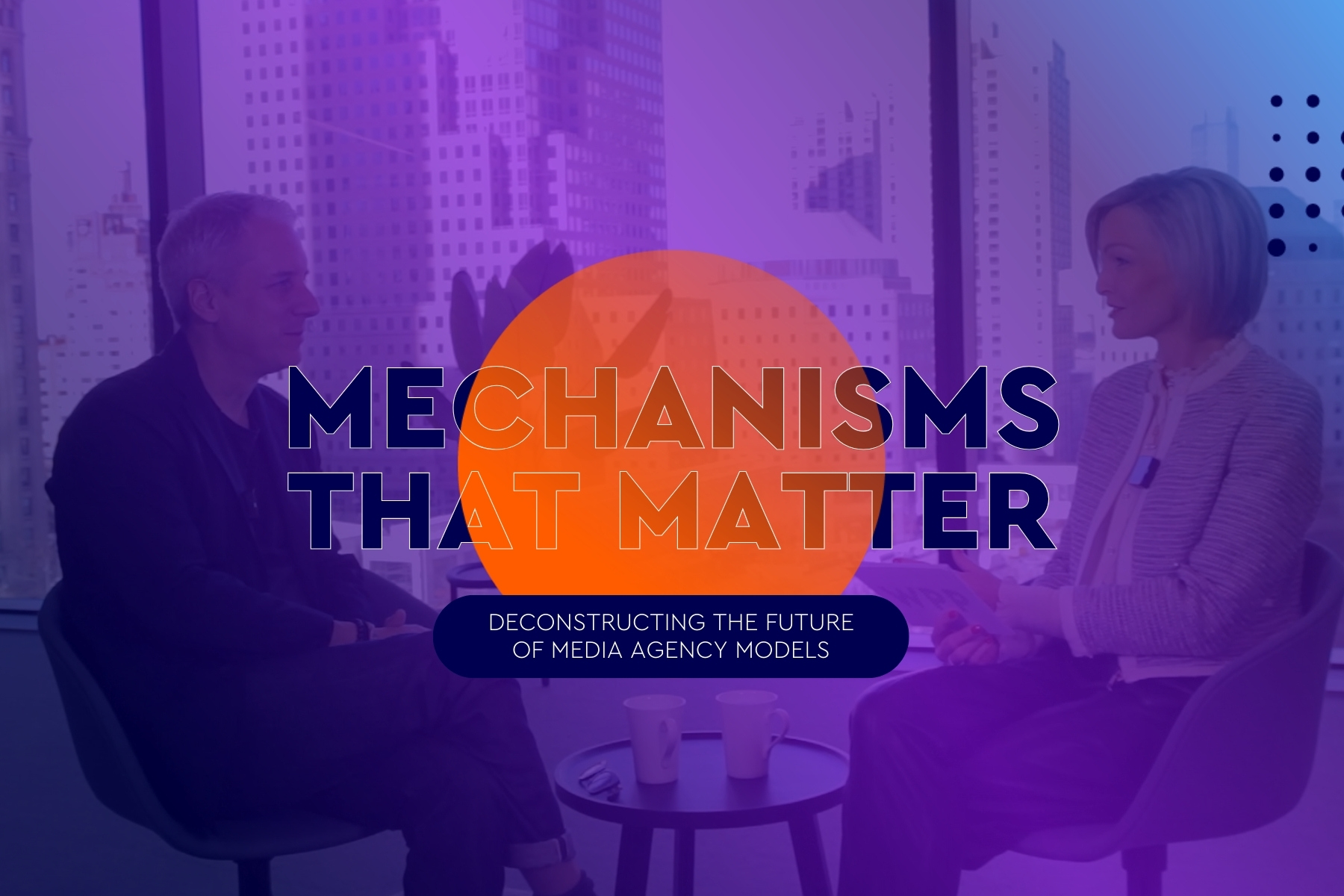
Business creativity in a time of crisis
Imaginatively repurposing, retooling, redeploying and redesigning to help ease the impact of the pandemic
How many uses can you think of for a brick?
This question is one of the most common ways to test creativity or divergent thinking. Its raw power lies in the fact that the brick doesn’t change, but its purpose does. Instead of being used to build walls, it becomes a door stop, a paperweight or a work of modern art.
It’s a long way from brick usage to global pandemics, but there is a strand of creativity associated with both.
Companies across the world are employing creative thinking to deal with the COVID-19 pandemic. They have been identifying their organisation’s unique assets and capabilities – and have imaginatively repurposed, retooled, redeployed and redesigned them to help ease the crisis. They have looked at their proverbial ‘bricks’ and have asked themselves, "What else could they be used for?"
If necessity has been the mother of invention, then survival is its mother, father and grandparents put together. We have seen a previously unimaginable level of innovation course through the veins of business, far beyond the traditional creative limbs of marketing and communication.
Creativity in manufacturing
As every week of lockdown passes, we read how more and more companies are responding to the urgent shortages in medical supplies.
It seems a long time ago when we first heard of LVMH converting its perfume manufacturing facilities to the production of hydroalcoholic gel used in hand sanitiser. At any other time, a luxury goods specialist entering the healthcare category would sound absurd. And yet, as cosmetics manufacturing is a close relative to pharmacy, LVMH had all the ingredients for hand gel and could repurpose its machinery that normally distils scent to mix them. It already had the chemical and manufacturing ‘bricks’ – it just found a new use for them.
Who knew that the Mercedes Formula One team would be so well-positioned to be involved in the manufacture of ventilators? As specialists in fast-paced, digital prototyping and reverse engineering, F1 engineers have utilised their expertise in manufacturing and design to allow new ventilator designs to be created in days rather than years.
Elsewhere, Nike’s innovation, manufacturing and product teams have come together to create a protective face shield for healthcare workers by using the same material from the soles of its Nike Air product.
Creativity in staffing
It is not just the manufacturing hardware of companies that is being redeployed for different purposes. The human machinery is being redeployed too. In the service industries the core competence and assets of the company are its employees. As the American adman Fairfax Cone famously said, "The inventory goes down the elevator every night".
Singapore Airlines (SIA) is redeploying 300 of its cabin staff as Care Ambassadors in hospitals, filling the gap in manpower in the health services. It turns out that the very same skill needed to look after the safety and comfort of passengers in seats at 30,000 feet is also a natural fit for patients in hospital beds at ground zero. With some imaginative thinking, the core skill of ‘care’ can be put to different uses.
In Germany, McDonald’s – a business heavily impacted by the crisis – has created a partnership arrangement with Aldi – a business inundated by the crisis. McDonald’s employees can be redeployed at Aldi to help with the manpower shortages in the food retail sector. By simply moving staff along the supply chain, from customer-facing to distribution and storage, they can have a new value that would otherwise have been lost.
Creativity in retail
In other sectors, companies’ core assets are their physical retail outlets, which have been affected by closings and/or highly restricted operations.
But early in the crisis, before those restrictions were in place, we saw Lush, the cosmetics retailer, opening its doors for passers-by to walk in and wash their hands for free in support of government hygiene advice. The stores evolved their purpose from a place to buy soap to a place to use soap, and their high street locations were perfect for capturing a mass audience. These moves might seem obvious in retrospect, but the idea of a premium cosmetics company repurposing their offer to provide a service only otherwise available in a public lavatory shows their ingenuity.
The brewer Anheuser-Busch has found new ways to re-engineer how its partners’ sports stadiums and arenas across the US are used. Being redeployed as temporary blood donor centres for the Red Cross to tackle the low levels of vital blood donations during the pandemic, Anheuser-Busch’s efforts has helped maintain a much-needed supply for patients. We shouldn’t take for granted the creative thinking that has allowed a brewer to use sports stadiums to help collect blood.
The creativity of ‘re’
In these examples, there is a clear thread of creativity; it is being employed to repurpose, re-engineer and redesign existing assets. Encouragingly, they show just how much can be done with what already exists. Those ‘bricks’ can have many uses if enough imagination is applied.
This isn’t the creativity of the artist’s blank canvas, the empty garage of the start-up, or the blue sky break-out sessions of the management off-site. Instead, it is about the appreciation of what a business has today, and how it can redeployed for tomorrow. Huge new value can be created by thinking about adjacency rather than blue sky leaps of imagination. Creativity can be as much about the clever evolution of what exists as the dramatic invention of what does not.
Identify, abstract, redeploy
There are lessons for any business about how to replicate this process for the future – with or without a global pandemic to deal with.
The first step is to identify the most fundamental core asset or skills of a company. This is never an easy task as some things in a business that seem vital are not core, and some that are obviously core can get overlooked. (For example, what is truly core to Airbnb, the properties or the hosts?) Sometimes the answer is something physical (e.g. stores), sometimes human (e.g. staff), and sometimes it’s virtual (e.g. data).
The next step is to abstract that core capability from its current purpose, environment and business context. The SIA example shows us how the core asset of cabin crew staff, when removed from the aircraft cabin, can be seen as full of potential elsewhere. The conceptual leap is to disassociate the capability from its existing reality – articulate it in a purpose-neutral way. Not ‘Cabin Crew’ but ‘Care Experts’.
Finally, the task is to redeploy the capability in a new way that exploits its core ability and potential. Where else could this be of value? What new needs could this address? This invites solutions that extend into new categories and address new consumer groups; that is where the originality of this approach truly becomes manifest.
Key questions
Three questions can unlock this route to innovation:
- What are my organisation’s truly core assets and capabilities?
- How can I articulate them in a way that is separate from their current purpose and context?
- In what ways might those assets be of value to the world if they were redeployed?
published on
22 April 2020
Category
More in Communications

Mechanisms that Matter – How India is fuelling growth for global brands
CVL Srinivas tells Anna Hickey how WPP Open is fuelling a testbed for new working models, innovation, and automation.

Media in India: the future is now
Brands pursuing the Indian market must focus on personalised experiences and data-driven strategies

Mechanisms that Matter – Inside our partnership with Google
Richard Hartell, WPP’s Global Client Lead for Google and CEO at Media Futures Group, talks to Anna Hickey

